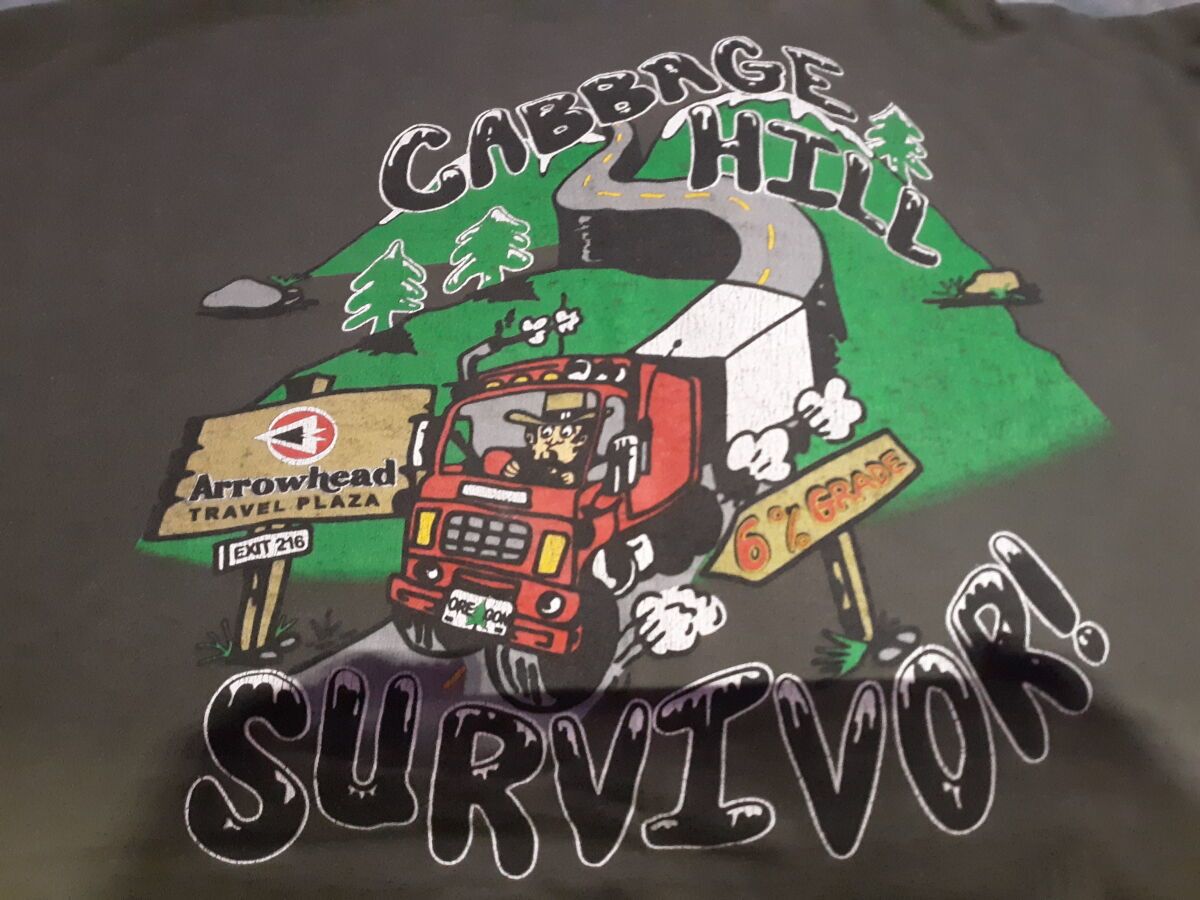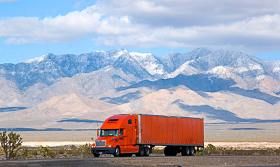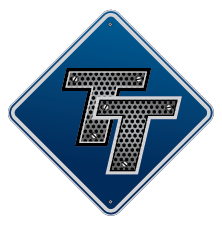Downhill In Snow/ice/slick Roads
Topic 32674 | Page 1
I'm not familiar with that area, but I generally put it in manual and lock it on 9th gear. Going down I use controlled braking to maintain my RPMs and keep my speed to 5 under my safe speed. So let's say your safe speed is 50, when it hits 50 I brake until it hits 45 and let it go to 50 again, repeat.
Just keep an eye on the road surface. If there is snow or a wet surface descending, Jake Brake off. You may be able to set your cruise control to 5 MPH less than the speed you desire, but on Cabbage, you will need to supplement this with the brake pedal. 35 to 40 mph is as fast as you need on the 7 miles of Cabbage, with slower speeds the heavier the load. I never let the speed creep up more than 5 MPH above. When it does, gently brake (about 20 psi on your Brake Pressure Gauge) until you are 5 MPH under the speed you want. The higher the RPMs, the more effective the engine braking will be, just don't get into the over-reving zone (2000 RPMs and above). If the roads are wet or you are in snow, you will need to move slower with a lower gear selected, greater following distance, and more braking.
The biggest thought in my mind is always, "can I completely stop safely if something happens a quarter mile ahead?". If you cannot, slow down.
OWI:
Operating While Intoxicated
Stop down at the bottom and get one of these shirts at the Arrowhead Truck Stop.

Thanks! And I will! Lol I will keep these tips in mind!
Stop down at the bottom and get one of these shirts at the Arrowhead Truck Stop.

Slow down before you hit the apex of the hill on the upside so that you lose some momentum on the downside. Don't ride your brakes. Apply enough to slow yourself to a little below your target speed. You will gain speed again. Apply brakes firmly for a few seconds again and release. This method can be used to safely descend a grade in any weather. I am in a loaner truck right now and the jake is causing the transmission to do funny things, so I am descending with braking alone. I don't allow the truck to get above 65 mph in good road conditions. In wet conditions, I would limit my top speed to 60. In snow/ice, I would limit my descent to 45-50, depending on visibility and road conditions. Obviously, the faster you are going when you hit the apex, the faster you will be going down the other side.
If your equipment is properly maintained, the service brakes have great stopping power as long as they don’t overheat. That is why the comments about controlled braking are so pertinent. My company disables the manual mode on all their trucks. I’m not sure why they do this, but it means I have to rely on 1) The service brakes. 2) The jake brakes when conditions allow. 3) Conservative and prudent driving when approaching downgrades.
Even if you have the ability to manually downshift your auto-mated transmission, nothing is more important than slowing to a safe speed in anticipation of a steep and long downgrade. Many are the horror stories I’ve been told about crashes that happened because the driver was going too fast before gravity got ahold of the truck and then the driver couldn’t get the speed back under control.
OWI:
Operating While Intoxicated

Bumping this. Absolutely the best answer.
Just keep an eye on the road surface. If there is snow or a wet surface descending, Jake Brake off. You may be able to set your cruise control to 5 MPH less than the speed you desire, but on Cabbage, you will need to supplement this with the brake pedal. 35 to 40 mph is as fast as you need on the 7 miles of Cabbage, with slower speeds the heavier the load. I never let the speed creep up more than 5 MPH above. When it does, gently brake (about 20 psi on your Brake Pressure Gauge) until you are 5 MPH under the speed you want. The higher the RPMs, the more effective the engine braking will be, just don't get into the over-reving zone (2000 RPMs and above). If the roads are wet or you are in snow, you will need to move slower with a lower gear selected, greater following distance, and more braking.
The biggest thought in my mind is always, "can I completely stop safely if something happens a quarter mile ahead?". If you cannot, slow down.
OWI:
Operating While Intoxicated
Jake Brake off. ......... The higher the RPMs, the more effective the engine braking will be, just don't get into the over-reving zone (2000 RPMs and above).
Since Jake brakes and engine braking both affect the drives only, why is the latter recommended, while the former is an absolute no-no?

Jake Brake off. ......... The higher the RPMs, the more effective the engine braking will be, just don't get into the over-reving zone (2000 RPMs and above).
Since Jake brakes and engine braking both affect the drives only, why is the latter recommended, while the former is an absolute no-no?
Jake brake is an engine brake. It's short for "The Jacobs Engine Brake," which is a registered trademark.
New Reply:
New! Check out our help videos for a better understanding of our forum features

















Preview:








 TT On Facebook
TT On Facebook
So I am in a Kenworth T680 with a PACCAR engine / automatic.
Typically when I go down 6%+ grades, I jake most of the time with limited use of my service brake.
Now I keep hearing that using a jake on a steep grade in the winter is a no-no due to potential Hazzard if the trailer tires lose traction as the jake only slows the tractor.
I guess my question is, how does one manage these grades in an automatic? Yes I know you can slip into M mode, but how should I safely manage my speed once I start gaining? I can't imagine riding the service brake would be good due to overheat.
I am going down Cabbage tomorrow to Richland,WA and this will be my first snow/ice downslope. I really don't want to screw up. And yes, I know to take it very slow. I am just curious how you would approach such a decline without a jake while maintaining safe speed and control.